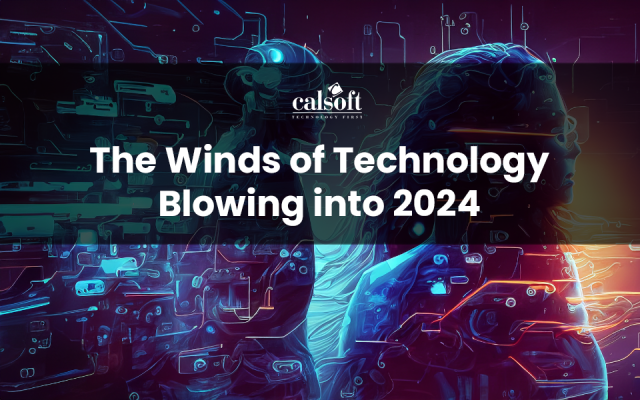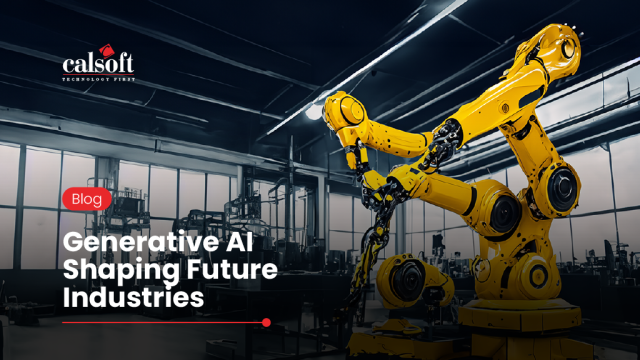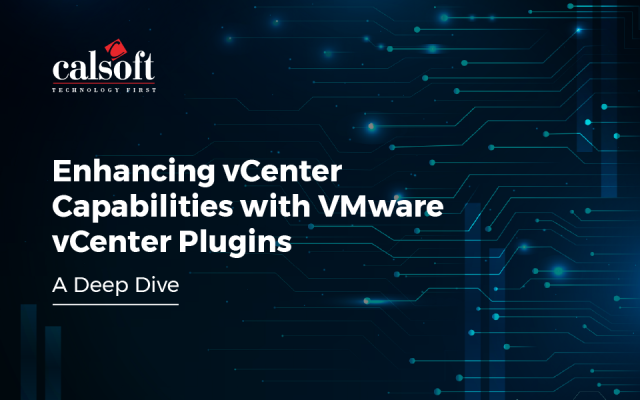
VMware has always taken the inorganic approach to strengthen its portfolio. From Trango, a mobile virtualization company that VMware acquired in 2008 to the recent Boxer acquisition in October 2015, VMware bought over two dozen companies. As always in the long list of acquisitions, a few didn’t align with company’s mission and some become the game changer for the company. Same thing happened with VMware as well. Here is a brief analysis of five acquisitions that I feel had created significant impact on VMware:
1) Nicira – Acquired in July 2012
This is one of the most strategic acquisitions made by VMware. Virtualization market was under the pressure of public clouds, and VMware needed that push to enter the private cloud market which was gearing up for open source cloud platforms like OpenStack. Nicira acquisition at $1.26B, changed the face of VMware forever.
After receiving good success with the vSphere hypervisor, VMware wanted to repeat the same magic with virtualized storage and networking products. Nicira was a credible company in the software defined data center and converged infrastructure market. Its acquisition quickly gave VMware the boost which they were looking for. This move from VMware projected it into a market that was dominated by Cisco, Juniper, and Alcatel-Lucent.
2) AirWatch – Acquired in January 2014
I found VMware to be a very agile company in terms of aligning to the industry trends. Its acquisition of AirWatch clearly demonstrates that. VMware very well judged the mobility wave much earlier than its competitors, and started making the right investments.
VMware was very clear about its role in the entire mobility space. Enterprise Mobility Management (EMM) and Mobile Device Management (MDM) were the two critical pieces they wanted to target. With $1.54B spend, AirWatch helped VMware become relevant in the mobility world.
3) Desktone – Acquired in October 2013
Horizon, View, and Mirage products gave VMware its fair chance to compete with Citrix, in virtual desktops and applications space however Citrix was an established market leader in that space. However I feel Citrix never allowed VMware to have an edge over them. Desktone’s acquisition helped VMware go past Citrix in the VDI and DaaS market space.
This acquisition coincided with the launch of VMware’s hybrid cloud platform vCHS. Combining with vcHS it became a multi-tenant, scale-out, self-service DaaS platform. Desktone has become a strategic asset for VMware. It is powering Horizon Air, a DaaS platform delivered through vCloud Air. More than that, it got VMware a leg up on Citrix.
4) Cloud Volumes – Acquired in August 2014
Founded in 2011 CloudVolumes avoid the “VM sprawl” of virtual desktops. It created a technology that made applying personalization to desktops dead simple.
With its acquisition of Dektone VMware was all geared up to create an impact in the VDI and DaaS segments. With the kind of technology CloudVolumes was working on, this acquisition made perfect sense. It brought real-time application delivery capabilities to the Horizon platform. This helped in flagging the way for containerization within VMware. CloudVolumes was combined with AirWatch, to get its new name – AppVolumes. This technology created a perfect storm for Windows 10 deployment.
5) DynamicOps – Acquired in 2012
DynamicOps was a Massachusetts-based startup that was spun off from Credit Suisse. DynamicOps Cloud Suite, enabled enterprise IT teams to manage IT service delivery and governance across virtual, physical, private and public cloud environments.
VMware is a smart organization. They always knew that the enterprise wide data center will always be heterogeneous. Hence their vision of software defined data center was not just confined to vSphere. DynamicOps’s acquisition was totally aligned to VMware’s “IT-as-a-service” strategy. This helped in bringing non-vSphere environments into the fold. Later DynamicOps became an integral part of vRealization Suite, which is a single pane of glass to manage the hybrid cloud environment.
Along with a solid M&A strategy, VMware focused in hiring industry’s best resources, Raghu Raghuraman, Sanjay Mirchandani, Sanjay Poonen, Shankar Iyer, Sumit Dhawan are some of them. Strong leadership combined with innovative product portfolio is the key to VMware’s success.
To know more email: marketing@calsoftinc.com
Contributed by: Anupam Bhide | Calsoft inc






